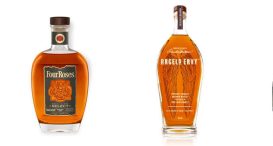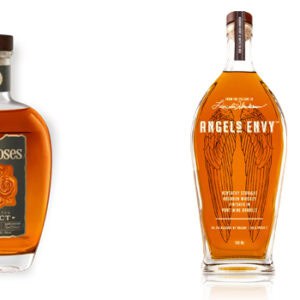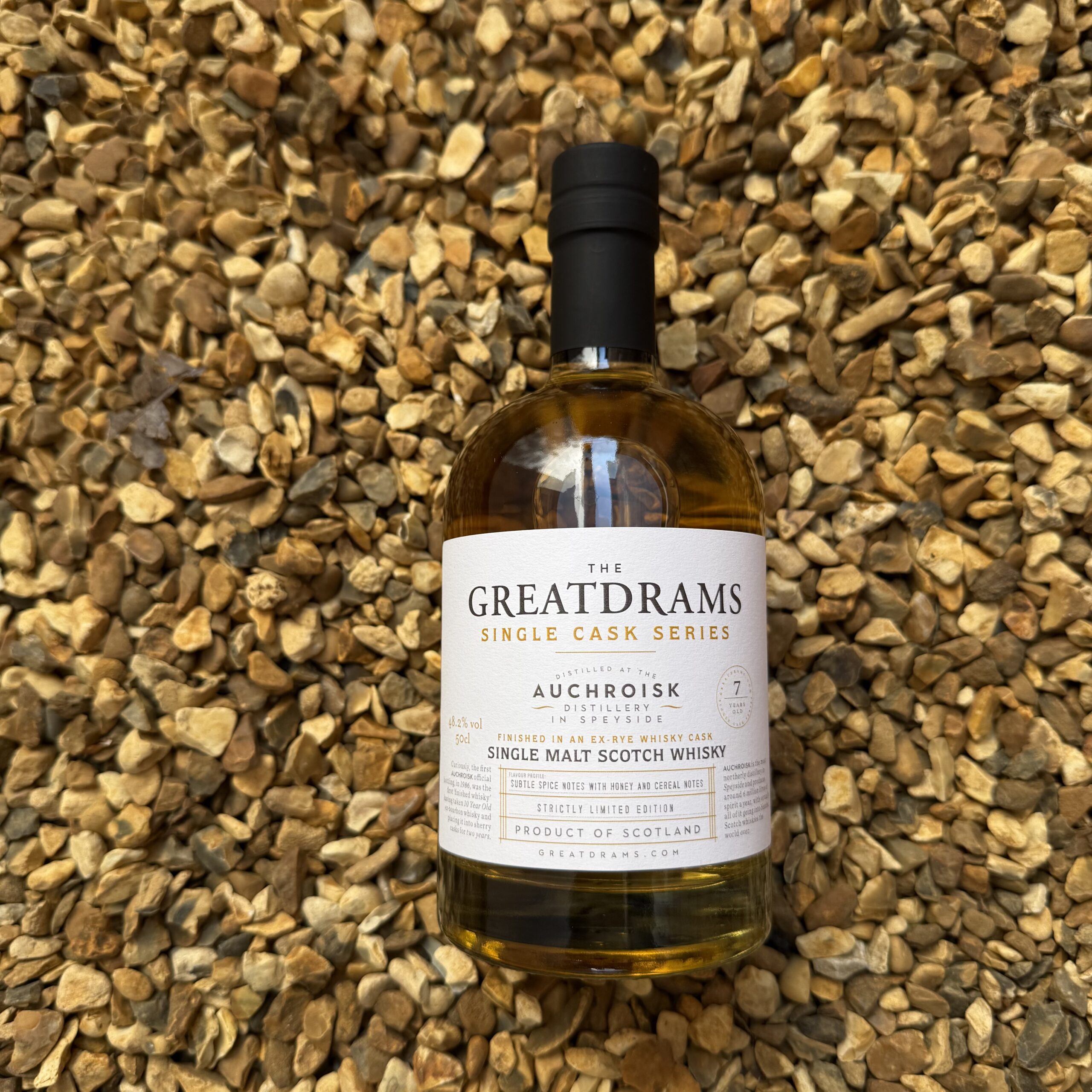5 Trends Shaping the Whisky Industry in 2023
In the whisky world, 2022 was a year full of unexpected surprises. Now, economic uncertainty runs rampant, and inflation has driven market prices to astronomical highs not seen in years. As is expected, this presents the modern consumer with an understandable higher level of caution.
However, despite the constantly-developing cost of living crisis and an imminent recession looking increasingly likely, many whisky drinkers may be slower to adapt or move out of their comfort zones. What’s more, many scotch whisky distillers are facing severe supply chain bottlenecks, exacerbated by widespread factory closures from long lockdowns, staff and dry goods shortages, and the aftermath of Brexit.
Yet, somewhat surprisingly, the whisky industry is continuing to expand at a rapid pace. In fact, the global whisky market is predicted to soar to unprecedented highs by 2032 – a figure of $550.3 billion, according to Future Market Insights. Whisky is likely to account for approximately 15% of the global alcoholic drinks market. So there is plenty to be enthusiastic and optimistic about if the market valuation is anything to go.
Producers of aged spirits like whisky have demonstrated resilience and fortitude over the last couple of years, but what can brand owners do to navigate the rocky waters of 2023? Predicting the future is never easy, as recent events have shown, but some patterns have emerged that can help distributors and distillers achieve some semblance of stability. We have outlined these emerging trends below.
What to Expect in the Whisky Industry in 2023
Ready-to-Drink (RTD) expansion
What was once a product geared towards younger adult demographics is now something befitting for busy working adults of all ages. RTD cocktails have seen a huge increase in demand from consumers, particularly in the US and Japan. RTD volumes are expected to significantly outperform other alcohol markets over the next few years, increasing their market share to 8% by 2025.
The RTD market has undergone something of a resurgence in recent years, attributed largely to a growing working population, a desire for low-calorie options, natural ingredients, the sustainability of cans and packaging, sophisticated flavours, and innovative brand identities have helped producers remain in the minds of many consumers. Expect to see this particular market expand even further this year.
Alternative flavours
Many people love peated whisky. Despite being a crucial ingredient for many whiskies, peat is highly unsustainable. Peat releases huge amounts of stored carbon dioxide when harvested, which does not grow back sufficiently quickly enough to justify its emissions and carbon footprint. Scientists estimate that global peatlands emit the equivalent of 1-2 billion tonnes of carbon dioxide.
The UK government is taking steps to phase out the use of peat by professional growers of plants, fruit and vegetables by 2030. It also published its Peat Action Plan in 2021, which outlines the long-term vision for peatland management, restoration and protection.
As a result, with concerns over climate change increasing, expect more whisky brands to be turning to alternative, more eco-friendly methods of flavour and taste enhancement. Instead of using peat as a fuel source for drying barley and other grains, they can be air-dried or fuelled by alternative, unpeated ingredients like wood.
Increased efforts on sustainability
The Scotch Whisky Association (SWA) is setting the bar high for preserving natural resources and preventing climate change. The SWA, in 2021, published an ambitious sustainability strategy that sets out to achieve net zero emissions by 2040.
While this is unique to preserving Scotland’s natural environment – the hotspot for Scotch whisky ingredients – it can be extended across the board to all companies in the whisky supply chain.
A strategy like this has proven influential to many distilleries and business owners, who have turned to renewable energy, efficient use of water, eco-friendly transportation, sustainable farming, and ethically-sourced packaging materials like glass, among many other positive and encouraging steps.
Expect similar sustainability initiatives and strategies to emerge in greater numbers, and receive further development going into the latter part of this year.
Digital transformation and online security
Productivity in distilleries and factories across the whisky supply chain is, in this day and age, driven largely by sophisticated automation courtesy of computers and algorithms.
While this IoT automation has transcended how brands and consumers engage with one another, and made laborious and manual processes less strenuous and time-consuming, integrating new digital technologies without proper consideration can open companies to impromptu or calculated cyber attacks. In 2021, a government report found that only 62% of surveyed food and hospitality companies treat cybersecurity as a business priority.
The computers that make whisky production seamless and smarter are highly prone to infection by external threats, which are growing in sophistication and covertness. The industry has seen several malicious acts – not least with the JBS Foods Group cyber attack – including ransomware and viruses that have affected control systems. It’s in the best interests of all companies across the supply chain to ensure they invest in proper security across their estates, ideally ensuring that any vulnerabilities are properly identified and addressed properly to ensure protection.
Engaging social media marketing efforts
The hospitality industry has been privy to some innovative social media activities, such as Guinness’ St. Patrick’s Day campaign focusing on its zero-alcohol variant. However, this is just one of many campaigns from brands that use captivating lifestyle-themed short-form video content and collaborate with influencers.
Social media campaigns across the whisky industry will likely be similarly creative and engaging, whether it’s from distilleries or from on-premise restaurants or specially-themed bars.
Brand storytelling carries huge value in the highly competitive social media space, but with the right strategy, campaigns can gain momentum quickly and at scale, opening up plenty of publicity and opportunities for whisky producers. It’s wise to assume that the social media space will be huge for whisky companies to make a name for themselves, enhance their brand awareness, and target more like-minded consumers.
While 2023 has certainly presented its fair share of challenges already, it still promises to be a year of risk and opportunity. On the surface, it seems that there are plenty of changes afoot, such as those in artificial intelligence and online security, which can fill many whisky producers with uncertainty.
However, the demand is still there for whisky, as market research insinuates. The market does not show any signs of slowing down, which means that there are still plenty of avenues for whisky enthusiasts to pursue to retain that competitive edge and become an industry mainstay.














